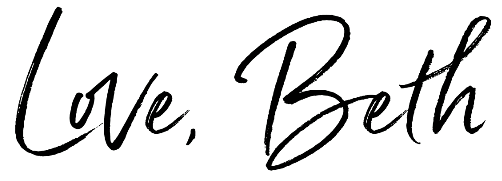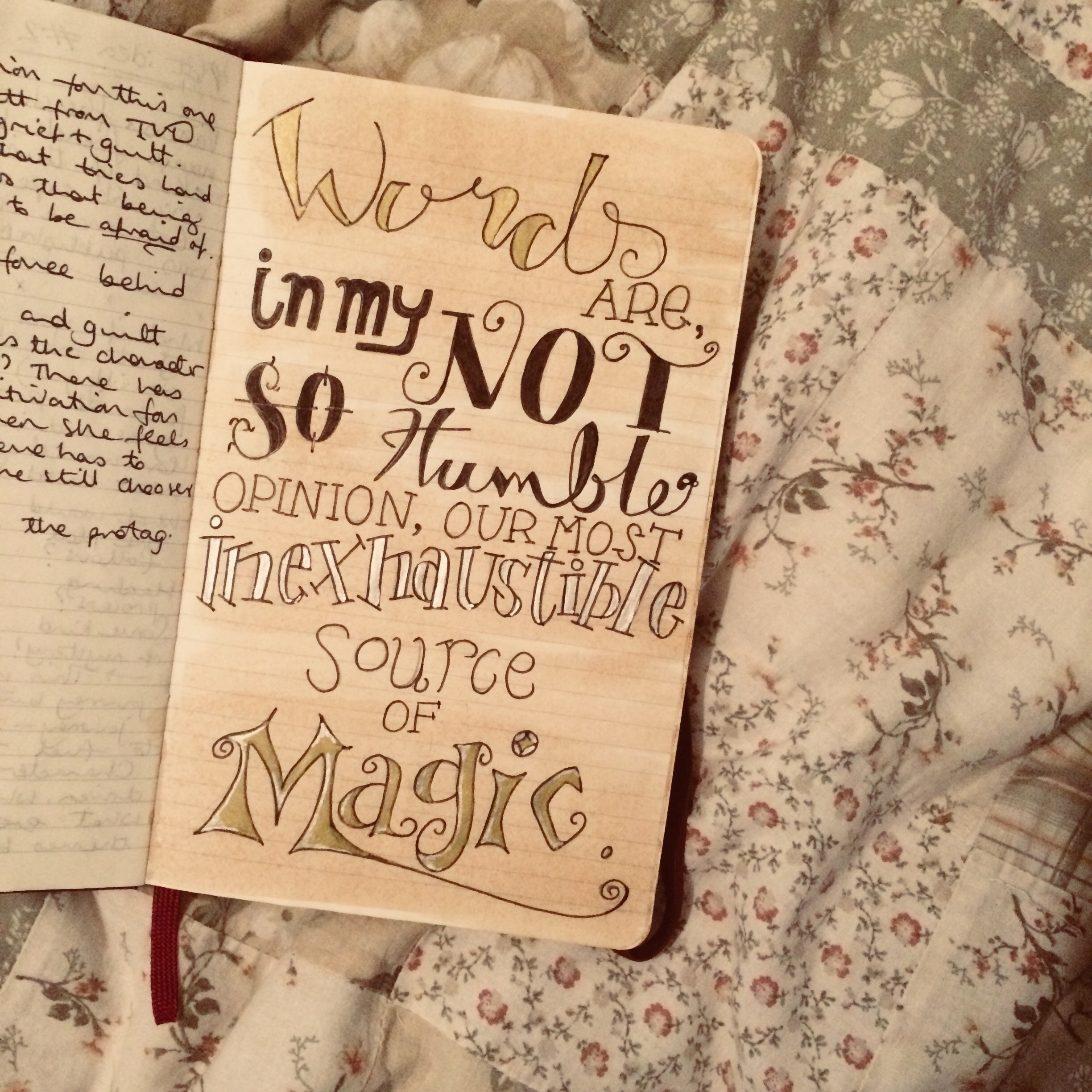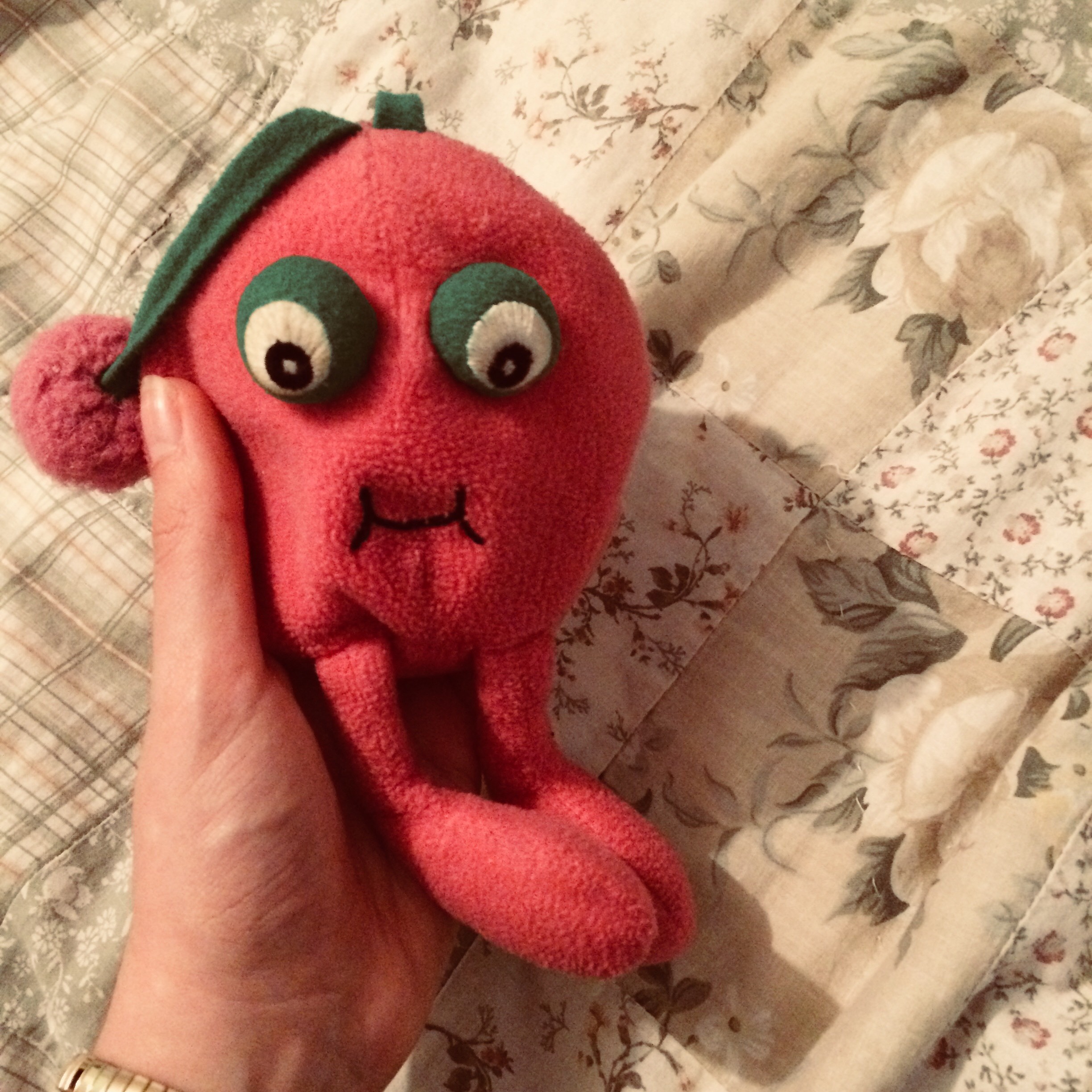It’s one a.m., and you’ve been lying awake for hours. Already, the anxiety of the coming day has started to creep in through the curtains and the racing thoughts are making your body restless. Unfortunately, the only logical thing to do is to lie back and force yourself to get some shut eye… Or is it?
For years I’ve been a self-acclaimed night owl, but it’s only recently that I’ve started to embrace it (admittedly because self-employment often means I can plan for an afternoon nap). I remember during my master’s, I had a job in a bookshop, one doing freelance festival production, and I had my manuscript to write at the same time. On top of this, I really wasn’t sleeping well (looking back now, I’m not sure how I managed). I’d be lying awake at at two or three in the morning planning the next opportunity I’d get to sleep — what time would I start work, get home from work, how much uni stuff did I have to do, etc… Eventually, I just started using those hours in the middle of the night to get stuff done.
I fell out of habit of embracing the night time for a little while when I was working in a cafe with regular hours, because I had time during the day to utilise and get my work done – and I fell into a good sleeping pattern because of the regularity of work. But there will always be periods of my work life and personal life when sleeping patterns are irregular; often I get enough sleep – just not at the same time as everyone else!
Who made up the rule that we have to sleep at night, anyway?
I mean, getting a decent amount of sleep is just common sense. But if our jobs mean our day starts at ten a.m. instead of seven, surely we don’t have to sleep until later either? As long as we get the classic six to eight hours, does it really matter when we do it?
Maybe it does. I’m not a scientist (or a doctor), but my tried and tested theory (albeit on just the one test subject) is that we don’t have to waste hours trying to sleep if it isn’t coming naturally. This isn’t to say that you should be running marathons or taking up a new hobby in the middle of the night, but you can do things that require movement and actually set yourself up for the next day and maybe even wear yourself out at the same time.
I’m writing this in the middle of the night, just for context, so doing a little blog post is my way of feeling productive, getting some creative juices flowing, and hopefully tire my brain out at the same time. Here are some other things that I’ve personally deemed appropriate night-time activities:
- Put the washing on. Do you know how nice it is to wake up with a load of washing done in the morning? What’s that, you have a life? Whatever — stick the washing on and wake up to one task crossed off your to-do list. (I’m also sad and find folding and ironing very therapeutic so this is a fun morning activity for me. Shut up.)
- Listen to an audiobook — or a podcast! My audible choice this month was the last Harry Potter book (again, I find this super therapeutic and it’s like forty hours long so I feel like I’m getting my money’s worth?) I’m up for podcast recommendations if you have them, but I listen to an eclectic mix. Favourite at the minute is the ten minute TED Talks series on Spotify.
- Read a book. Sounds like a boring old classic but it always does the trick for me. I can’t count the times I’ve woken up with the lights still on and a book balancing on my nose. Try to steer clear of the thrillers and pace-y page turners and go for something a little lighter that won’t leave you wanting more. My favourites for nighttime reading are non fiction books because I feel kind of like I’m learning something but, most of the time, I’m happy to put it down when my eyelids start drooping.
- Tidy your living space and then sit on Twitter for an hour. Light some candles (not if you’re super sleepy, let’s be sensible), make yourself a snack, curl up with a (decaf) brew and scroll on the internet. Tweet the other people who are still awake. Make a friend. Have an interesting discussion (steer clear of politics if post midnight). Be kind.
- Watch the stars. Sorry if you’re in a city. At the minute it’s pretty stormy here and cloudy at nighttime, but I still always have my curtains open (I’m optimistic that the neighbours aren’t creeps) so that I can have a cup of herbal tea whilst watching the moon and pretend I’m in a period drama or something.
You’ll have your own list of nighttime activities, I’m sure. But my point is – under the assumption you live with people that don’t mind a bit of rattling around the house at night, or you live alone – take advantage of the time you’re awake. Don’t lie there and become heavy with anxiety as you overthink every tiny detail of your life. Don’t let your bed – a place of comfort, rest, and Netflix binges – become somewhere laden with worry and fear.
Distract yourself from your racing mind (we’ve all had that if I go to sleep now, I’ll have this much sleep, if I go to sleep now… thought) and do something that makes you feel better. Sometimes it’s nice to just open your window, breathe in the witching hours, and know that you are one of the special few who are awake to witness them. There’s something really magical about being one of the few still awake in the dead of night. Everything is at a standstill – but you.
You don’t have to sleep because everyone else is sleeping — not every night, anyway. The world won’t end because you decided to do your dishes at three a.m..
Anyway… I’ve got tea to drink, edits to make and, if I’m honest, probably a bit of laundry to do, too.

Comment with your favourite podcasts and audiobooks at the moment — I always need more.







 As well as those, I found a piece of writing from when I was stuck in Tamworth station on Christmas Eve, waiting for my delayed train home to Manchester. I remember I’d been in this station for hours and there was still no sight of the train. It was getting close to midnight. I was at the end of my tether. Here’s a little snippet:
As well as those, I found a piece of writing from when I was stuck in Tamworth station on Christmas Eve, waiting for my delayed train home to Manchester. I remember I’d been in this station for hours and there was still no sight of the train. It was getting close to midnight. I was at the end of my tether. Here’s a little snippet:


